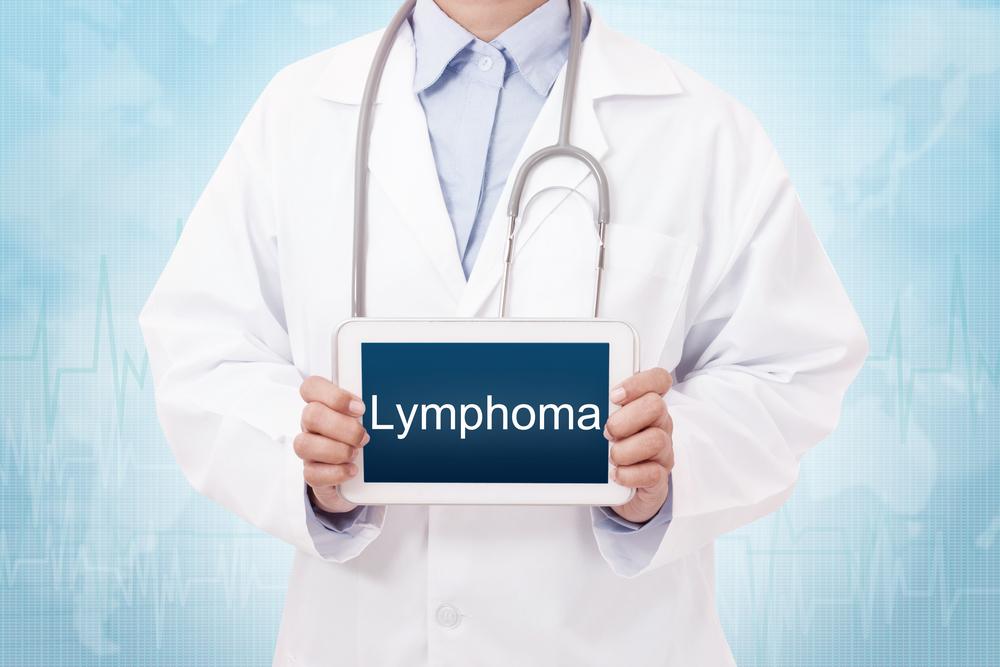Comprehensive Guide to the Top 5 FDA-Approved Breast Cancer Treatments in 2023
This comprehensive article explores the top five FDA-approved breast cancer treatments in 2023, highlighting their mechanisms, indications, and significance. It emphasizes early detection, advances in targeted therapies, and how these drugs have improved patient outcomes. Designed for patients and healthcare professionals alike, the guide aims to increase awareness and understanding of effective breast cancer management options, offering hope for better prognosis and individualized treatment approaches.

Leading FDA-Authorized Therapies for Breast Cancer Patients
Breast cancer remains one of the most prevalent and concerning health issues affecting women worldwide, ranking as the second most common cancer after skin cancer. Although it primarily strikes women, men are not immune, and breast cancer in men, though less frequent, can be equally devastating. The disease originates from abnormal growth in breast tissue cells, developing into tumors that can invade surrounding tissues or metastasize to other parts of the body. Advances in medical research and drug development have significantly improved the options for treatment, especially with a growing list of FDA-approved medications tailored to specific cancer subtypes.
Understanding the nature of breast cancer, its risk factors, symptoms, and available treatments is crucial for early detection and effective management. The sooner a diagnosis is made, the higher the chances of successful treatment and long-term survival. Routine screening methods such as mammograms, clinical breast exams, and self-examinations play a vital role in early detection. Recognizing early signs like unusual lumps, changes in breast size or shape, skin dimpling, nipple retraction, or skin irritation can prompt timely medical intervention.
The landscape of breast cancer treatment has evolved considerably. It now encompasses an array of targeted therapies designed to attack cancer cells more precisely while minimizing harm to healthy tissues. These therapies include a variety of innovative drugs approved by the FDA, which target specific molecular pathways driving cancer growth. Below, we explore the top five FDA-approved breast cancer drugs that have revolutionized the management of this disease in recent years, highlighting their mechanisms of action, indications, and clinical significance.
1. Afinitor® (Everolimus)
Afinitor®, also known by its generic name Everolimus, is a pioneering drug that works by inhibiting the mTOR pathway, a key regulator of cell growth and proliferation. Its ability to disrupt cancer cell division has made it a valuable option not only for breast cancer but also for other malignancies such as certain kidney cancers, brain tumors, and gastrointestinal cancers. Afinitor® is particularly effective against hormone receptor-positive, HER2-negative advanced breast cancer, especially when combined with hormonal therapies in postmenopausal women. Its dual action on tumor growth pathways helps delay disease progression and improve survival outcomes.
2. Piqray® (Alpelisib)
Piqray®, with the generic name Alpelisib, is a targeted oral medication classified as a PI3K inhibitor. The PI3K pathway is often hyperactivated in various cancers, including breast cancer, leading to increased cell survival and proliferation. Piqray® works by selectively blocking this pathway, effectively starving cancer cells of their energy and growth signals. It is specifically approved for treating hormone receptor-positive, HER2-negative metastatic breast cancer that harbors PIK3CA mutations, particularly in postmenopausal women and men for whom hormonal therapies have failed. Combining Piqray® with endocrine therapy significantly enhances treatment efficacy in this subgroup.
3. Nerlynx® (Neratinib)
Nerlynx®, known by its generic name Neratinib, is an oral kinase inhibitor that targets HER2 and other kinases involved in tumor growth. It has gained FDA approval for extended adjuvant therapy in early-stage HER2-positive breast cancer, especially following initial treatment with trastuzumab. Nerlynx® works by preventing HER2 signaling pathways from promoting uncontrolled cell division and tumor progression. Its extended use post-surgery has shown to significantly reduce recurrence rates, making it a valuable option for patients in the early stages of HER2-positive disease.
4. Kisqali® (Ribociclib)
Kisqali®, with the active ingredient ribociclib, belongs to the class of CDK4/6 inhibitors. These drugs interfere with cyclin-dependent kinases, essential enzymes that regulate cell cycle progression. Kisqali® is primarily prescribed for postmenopausal women with advanced or metastatic hormone receptor-positive, HER2-negative breast cancer. When used in combination with hormone therapies like letrozole or fulvestrant, it enhances treatment efficacy by halting cancer cell proliferation and prolonging progression-free survival. This therapy has become a cornerstone in managing specific breast cancer subtypes.
5. Ibrance® (Palbociclib)
Ibrance®, or palbociclib, is another prominent CDK4/6 inhibitor developed to target hormone receptor-positive, HER2-negative metastatic breast cancer. It is especially effective in women who have not received prior systemic therapy for advanced disease. Ibrance® functions by inhibiting enzymes necessary for cancer cell division, thereby reducing tumor growth and spread. When combined with endocrine therapy, it has demonstrated significant improvements in response rates and survival, transforming the approach to managing this particular group of breast cancer patients.
These innovative therapies symbolize the progress made in targeted cancer treatment, offering hope for better outcomes and improved quality of life for patients. As research continues, newer drugs and combination regimens are likely to emerge, further personalizing therapy based on individual tumor genetics.
In conclusion, staying informed about FDA-approved treatments and understanding their mechanisms can empower patients and physicians to make better treatment decisions. Early detection, combined with targeted pharmacological approaches, plays a vital role in the ongoing fight against breast cancer, ultimately aiming for higher cure rates and extended survival.




